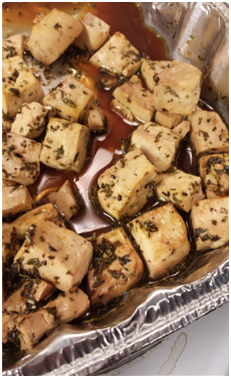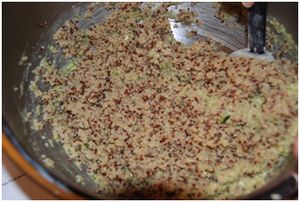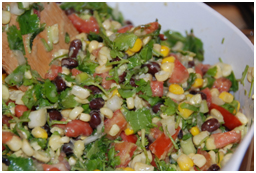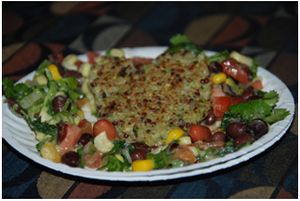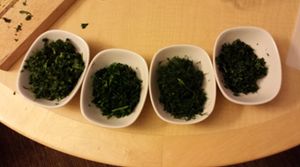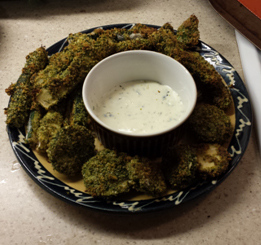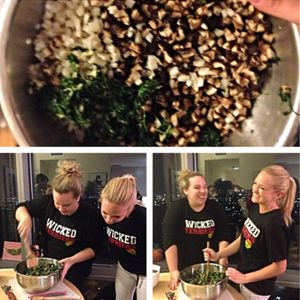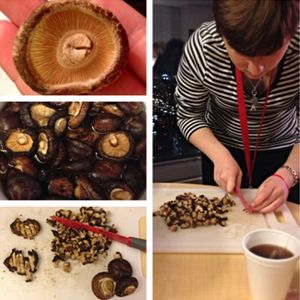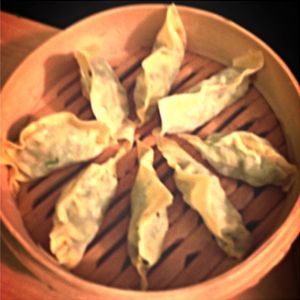Anna Lee, Dietetics Student, Sargent College
 Thanksgiving is a time devoted to family, fellowship, and most importantly – food. Next Thursday many of us will indulge in our much anticipated holiday favorites: mashed potatoes, turkey and gravy, green beans, apple pie, yams… the list goes on. For many families however, putting food on the table this holiday season will pose a financial burden.
Thanksgiving is a time devoted to family, fellowship, and most importantly – food. Next Thursday many of us will indulge in our much anticipated holiday favorites: mashed potatoes, turkey and gravy, green beans, apple pie, yams… the list goes on. For many families however, putting food on the table this holiday season will pose a financial burden.
Over the past 5 years there has been a near 20% increase in the number of families served by the Greater Boston Food Bank. In the United States alone, 1 in 5 children are hungry. When people hear the term “hungry” they often think of individuals with a lack of food accessibility. Instead, “hungry” can also refer to those who do not have access to nutrient dense foods, which Mayor Menino aims to target through his annual holiday food drive.
 This year Boston University is participating in the 27th annual bostonCANshare, a holiday food drive sponsored by the City of Boston. This year’s campaign started on October 21st and will come to an end next Friday, December 6th. To participate, individuals are asked to donate canned goods and/or money, and to spread the word about the campaign! Donated food will go to the Greater Boston Food Bank who supplies food to local pantries throughout the Boston area. (Last year’s campaign raised over 55,000 pounds of food that went to feed local families!)
This year Boston University is participating in the 27th annual bostonCANshare, a holiday food drive sponsored by the City of Boston. This year’s campaign started on October 21st and will come to an end next Friday, December 6th. To participate, individuals are asked to donate canned goods and/or money, and to spread the word about the campaign! Donated food will go to the Greater Boston Food Bank who supplies food to local pantries throughout the Boston area. (Last year’s campaign raised over 55,000 pounds of food that went to feed local families!)
Acceptable canned donations include:
- Dairy: Milk – dried, evaporated, and boxed (such as Parmalat)
- Protein: Beef stew, nuts, peanut butter, beans, and peas (dried or canned), canned chili, tuna fish, chicken, salmon and other meats (canned)
- Vegetables: Tomato sauce, diced tomatoes, spaghetti sauce, canned vegetables, tomato juice
- Fruit: Raisins and other dried fruit with no added sugar, applesauce, any canned fruit in its own juice
- Grains: Crackers, oatmeal, whole grain rice, all types of pasta, ready to eat low sugar/high fiber cereal (Cheerios, Raisin Bran, etc.)
Donations can be brought to:
- BU Student Activities Office @ 1 University Road
Though this campaign will only be running for one more week, the Greater Boston Food Bank regularly accepts both donations and volunteers throughout the year.
For more information regarding the food drive and donation locations, visit their website at www.bostoncanshare.com.
Disclaimer: The Sargent Choice blog includes links to other websites only as information to consumers, not as medical advice. When you access an external website, keep in mind that Sargent Choice has no control over its content. Sargent Choice is not responsible for the content found at any of the sites, nor do any links imply endorsement or promotion of the company/organization, its content, services, therapeutic treatment options, or products. Accordingly, you visit any site at your own risk. Sargent Choice is also not responsible for the policies and practices of these sites, such as their Privacy Policy, use of “cookies”, etc. We encourage you to review the privacy policies of each site that you visit through a link on our website




